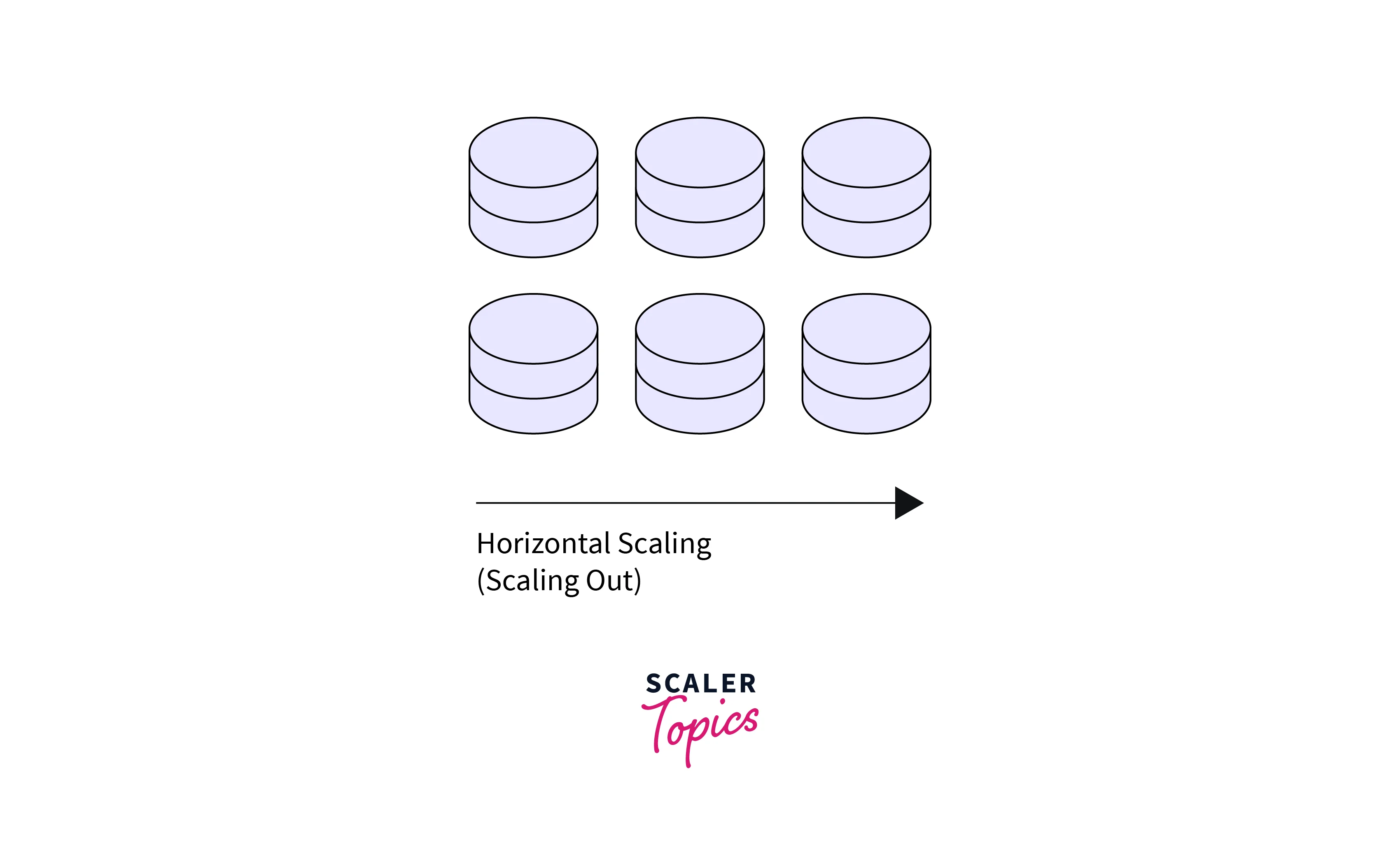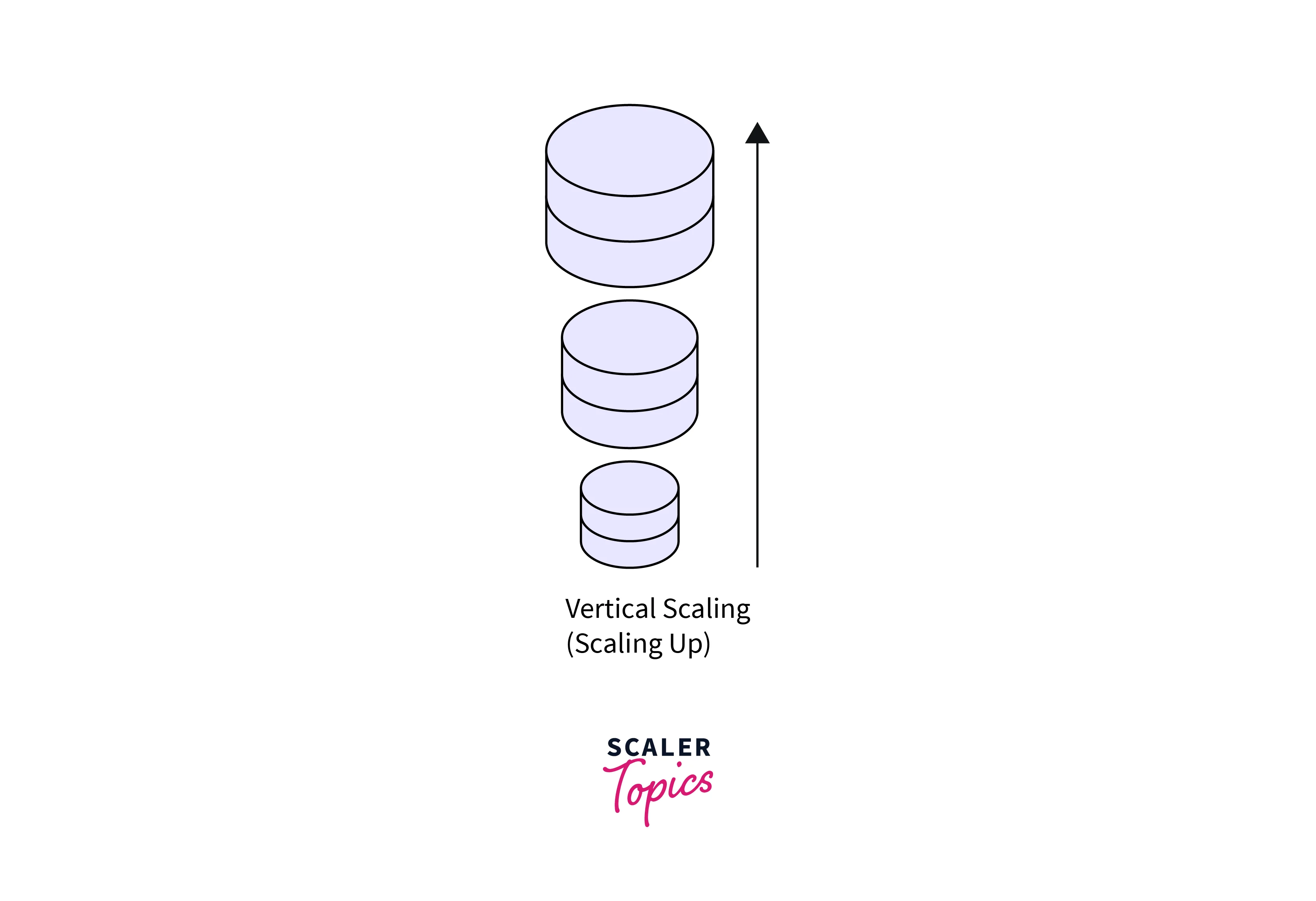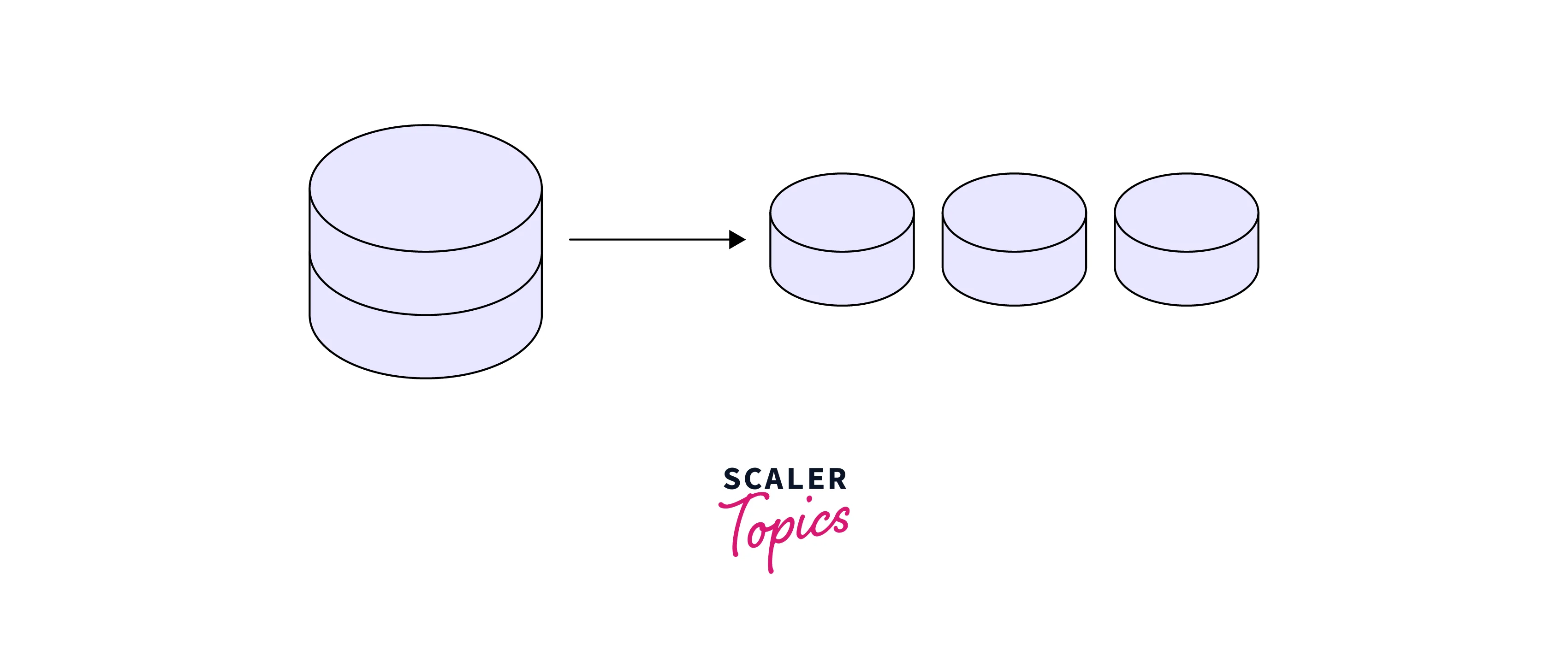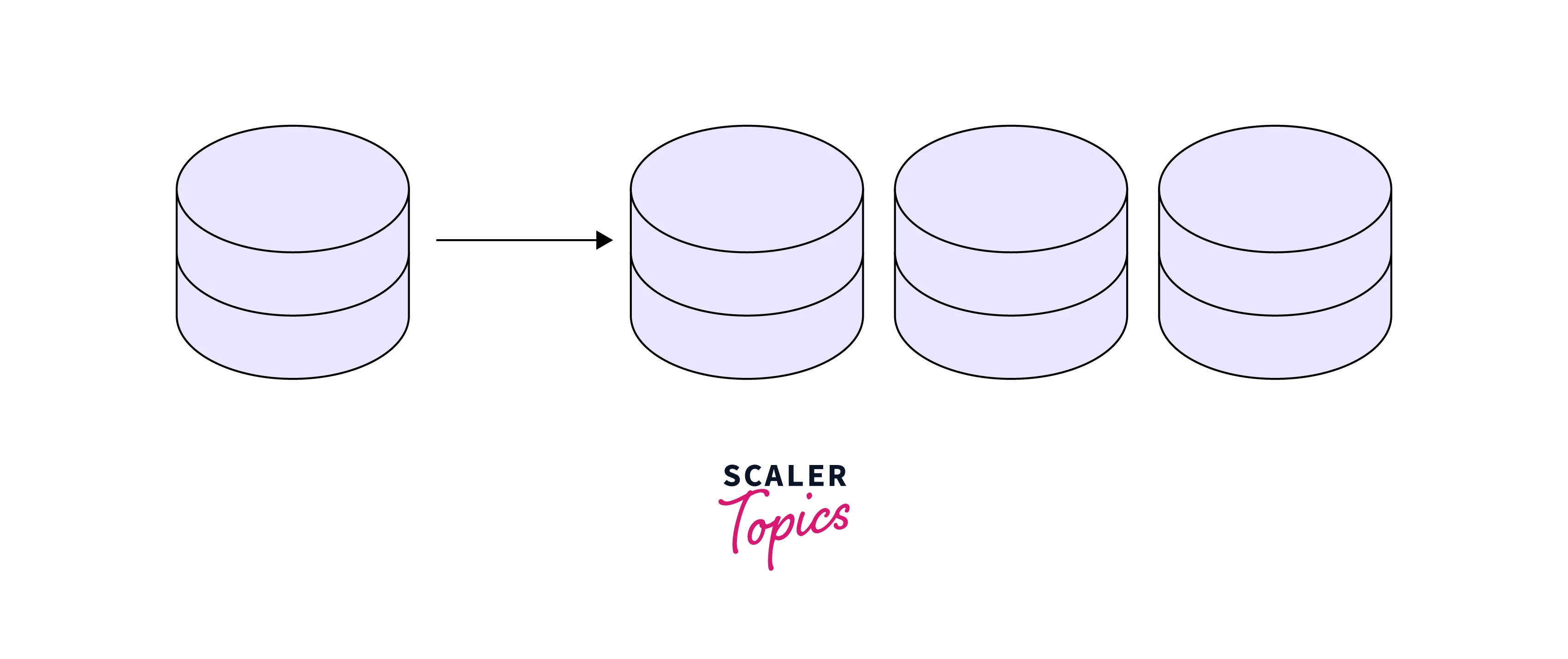How to Scale in MongoDB
Overview
Scaling is a crucial aspect of managing data in MongoDB. As your data volume and user demands grow, it becomes essential to ensure that your MongoDB deployment can handle the increased load efficiently.
In this article, we will explore the principles and techniques of MongoDB scaling. We'll delve into the indicators that signal the need for scaling, the different approaches available, and the factors to consider to choose between them. We'll also examine the concepts of sharding and replica sets in MongoDB, as well as scaling MongoDB Atlas.
So, whether you are new to MongoDB or looking to optimize your existing deployment, this article will serve as a comprehensive guide to MongoDB scaling.
What is Scaling in MongoDB?
Scaling refers to the process of adapting your database infrastructure to accommodate increased data volumes and user demands. Hence, it eventually deals with meeting the additional needs of storage, memory, networking, and processing.
Consider an online marketplace where the volume of users and transactions steadily rises over time. The business initially uses a single MongoDB server to house all of its data, including user profiles, product descriptions, and order information. The need for scalability emerges when they realize that a single server is no longer adequate to satisfy the performance and scalability needs as the user base and volume of data grow.
Scaling involves strategically expanding your resources, such as adding more servers or upgrading hardware, to ensure optimal performance and maintain a smooth user experience. By scaling your MongoDB deployment, you can handle larger workloads and improve the overall efficiency of your database operations.
How to Know It’s Time to Scale?
In the dynamic world of data and applications, scaling becomes necessary when your MongoDB deployment faces increasing data volumes and growing user demands. Whether it's the sudden viral success of an application or the consistent growth of your user base, there comes a point when your initial database environment may no longer be sufficient. Recognizing the right time to scale is essential for maintaining optimal performance and ensuring a seamless user experience. There are two primary approaches to determining when MongoDB scaling is needed:
Proactive Scaling:
This approach anticipates future growth and plans accordingly.
This can involve two general patterns:
-
Expected Surge in Customers or Data: If you have a big marketing push on the horizon or anticipate a significant increase in customer numbers or data volume, it is wise to proactively plan for MongoDB scaling.
-
Cyclical Application or Business Nature: Certain applications or businesses experience predictable patterns of high activity and data generation. For example, holiday seasons or special events may result in a significant influx of users and data.
Reactive Scaling:
Alternatively, you may find yourself needing to scale reactively in response to signs that your current infrastructure is strained. Some indicators to watch out for include:
- Response Time: This includes increased query times for end users, prolonged login times and delays in authentication, freezing of requests and servers or databases
- Resource Utilization: Elevated load on hosts and high resource utilization.
- Errors: Out-of-memory errors due to insufficient resources, unintended elections in a replica set, and errors appearing in the logs indicating system strain.
Horizontal Scaling Vs Vertical Scaling in MongoDB
MongoDB Scaling can be achieved through two primary approaches: horizontal scaling and vertical scaling. Each approach offers distinct advantages and considerations, and understanding the differences between them is crucial.
What is Horizontal Scaling in MongoDB?
Horizontal Scaling, also known as scaling out, involves adding more servers and distributing the data across them. By adding more servers to your MongoDB cluster, you can handle increased data volumes, transactional loads, and concurrent user requests. Each server in the cluster shares a portion of the data, allowing for parallel processing and improved scalability.

Due to the difficulties of distributing relevant data among nodes, this is challenging with relational databases. Since collections in non-relational databases are independent and not relationally tied (for example, queries do not need to "join" them across nodes) this is made simpler.
Sharding and replica sets are two methods for horizontally scaling MongoDB.
What is Vertical Scaling in MongoDB?
Vertical scaling, also known as scaling up, involves increasing the capacity of individual servers within your MongoDB deployment. This can be achieved by upgrading hardware resources such as CPU, RAM, storage, or network capabilities. With vertical scaling, you enhance the capacity of a single server to handle increased workloads.

Although both relational and non-relational databases can scale, the amount of processing power and throughput they can handle will ultimately reach a limit. As costs scale exponentially, there are also higher expenses when moving up to high-performance systems.
Horizontal Vs Vertical Scaling in MongoDB: Comparison
When deciding between horizontal and vertical MongoDB scaling, it's essential to consider the specific characteristics and requirements of your application or business.
Here's a comparison of the key aspects:
| Aspect | Horizontal Scaling | Vertical Scaling |
|---|---|---|
| Data Location | A distributed cluster with data partitioning, residing on multiple nodes. | Data resides on a single server, simpler to manage. |
| Elasticity | Dynamic scalability, allowing the addition or removal of servers based on demand. | Limited scalability based on the capacity of a single server. |
| Cost | Requires a larger initial expenditure to set up several servers, but costs rise linearly when more machines are required. | The initial outlay is little, but it escalates as additional gear is required. But there comes a point where the prices start to rise enormously. |
| Project Size | Cost-effective for accommodating large-scale growth and high availability requirements. | More suitable for moderate scaling needs and cost-efficient in certain scenarios. |
| Availability | Replication provides data redundancy and high availability. Moreover, additional resources can be added doesn't cause any server to shut down, hence minimal downtime. | Relies on backup and recovery mechanisms for high availability. There may be downtime when the server has to be updated. |
| Example | During IPL, streaming platforms implement horizontal scaling by adding more servers to accommodate the surge in user traffic. This ensures seamless streaming for a large number of concurrent viewers. | In response to the rising demand for 4K video quality, the same streaming infrastructure improves the current servers with more potent technology, such as faster CPUs and more RAM. |
Understanding the trade-offs between horizontal and vertical scaling is essential in selecting the right approach for your MongoDB deployment.
Sharding Vs Replica Sets
When scaling a MongoDB deployment horizontally, two key strategies often come into play: sharding and replica sets. Both approaches offer distinct benefits and are designed to address different aspects of scalability and high availability.
Sharding
Sharding is a technique used to partition data across multiple MongoDB instances or shards. Each shard contains a subset of the data, allowing for parallel processing and improved performance.

A portion of the total data is present in every node. As each action only impacts one of the nodes and the data partition it is managing, this is particularly useful for enhancing performance for use cases involving a high volume of write operations.
Replica Sets
A replica set consists of multiple duplicate MongoDB instances, where one serves as the primary node, handling read and write operations, while the others act as secondary nodes, maintaining copies of the primary data. If the primary node fails, one of the secondaries is automatically elected as the new primary, ensuring continuous service.

High availability, management of redundancy/failover, and fewer read operation bottlenecks are all made possible via replication. However, because each change needs to be propagated to every member of the replica set, they can also cause problems for applications that involve a lot of write transactions.
MongoDB Atlas Scaling
MongoDB Atlas is a cloud database service that provides a robust and scalable platform for hosting MongoDB deployments. It offers built-in features and tools to facilitate scaling operations and accommodate the evolving needs of your applications.
Key features and capabilities of scaling MongoDB Atlas include:
-
Vertical Scaling: MongoDB Atlas allows for easy vertical scaling by providing the ability to adjust the resources of your cluster on demand. You can scale up or down the storage capacity, RAM, and CPU of your cluster with just a few clicks or API calls, without interrupting your application's operation.
-
Horizontal Scaling: Atlas supports horizontal MongoDB scaling through sharding. It simplifies the process of creating and managing sharded clusters by automating the deployment and configuration of shards.
-
Elasticity and Auto-Scaling: Atlas offers elastic scalability, allowing your clusters to automatically adapt to changes in workload and data volumes, by dynamically adjusting the number of shards and replica set members based on metrics such as CPU utilization, storage usage, and request rates.
-
Global Clusters: Atlas provides the ability to deploy global clusters, enabling data distribution across multiple geographical regions. This feature allows you to serve your application's users from the nearest data centre, reducing latency.
Sharding or Replica Set?
When it comes to scaling MongoDB deployments, a common question arises: Should you use sharding or a replica set?
Here's a list of factors that must be considered as per your application:
| Criteria | Sharding | Replica Sets |
|---|---|---|
| Scalability | Handles large data volumes and high traffic loads by distributing the data across multiple shards. Should be preferred. | Enables read scalability and offloads read operations |
| High Availability | Requires multiple shards for fault tolerance | Promotes secondary nodes to primary in case of primary node failure. Should be preferred. |
| Write Scalability | Distributes write workload across shards, preventing bottlenecks and improving overall performance. | Primary node handles all write operations |
| Management Complexity | Involves managing multiple shards and data distribution | Easier to manage with a single cluster and data replication |
| Decision Factors | Large data volumes, write scalability, global distribution | High availability, read scalability, simplified management |
FAQs
Q: Can I use both sharding and replica sets in my MongoDB deployment?
A. Yes, it is possible to use both. This approach, known as sharded replica sets, combines the benefits of both strategies, providing scalability, high availability, and data redundancy.
Q: How does sharding affect data locality and query latency?
A. Sharding involves distributing data across multiple shards, which can impact data locality and query latency. Depending on the sharding key and distribution strategy, data may be spread across different servers, potentially leading to increased network latency for certain queries.
Conclusion
In conclusion, MongoDB scaling is a critical process for managing data and ensuring optimal performance as your data volumes increase.
To summarize:
- Scaling involves adapting your database infrastructure to meet increased data volumes and user demands.
- Scaling can be approached proactively by anticipating future growth or reactively in response to signs of strain on your current infrastructure.
- Horizontal scaling involves adding more servers to distribute the workload, while vertical scaling focuses on increasing the capacity of individual servers.
- MongoDB Atlas provides a platform for hosting MongoDB deployments, offering features such as vertical and horizontal scaling, auto-scaling, and global clusters.
- The choice between sharding and replica sets for horizontal scaling depends on factors such as scalability needs, high availability requirements, write scalability, and management complexity.
